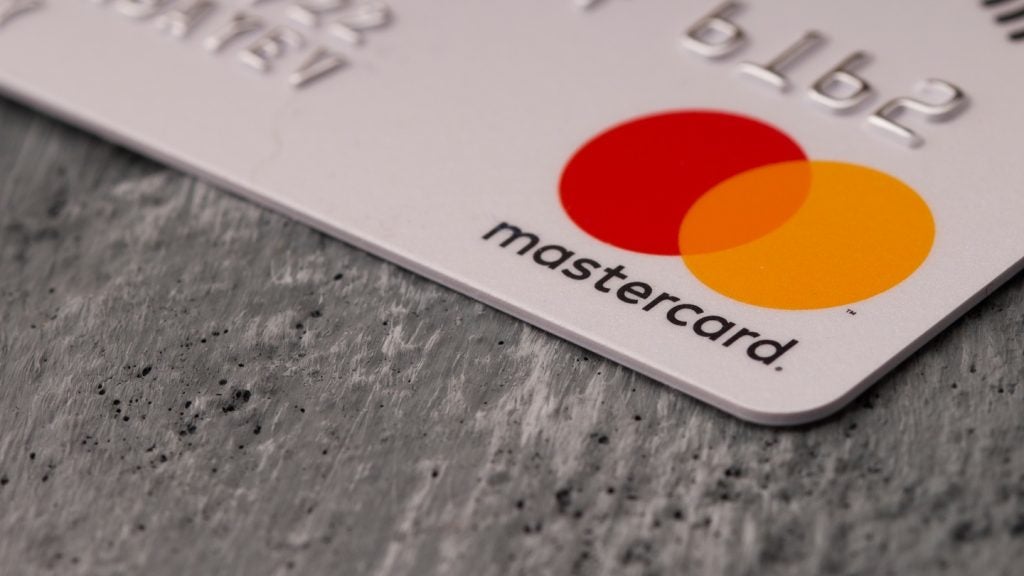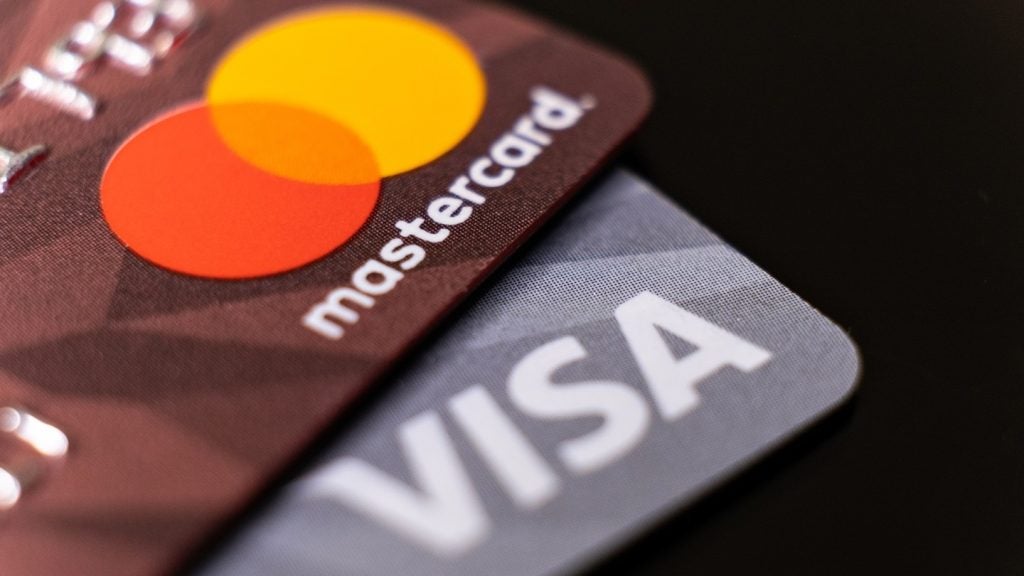Co-brand cards have long been used by issuers to drive additional accounts through an alternative sales channel. Consultants Stephen Mendelsohn and Erik Howell from First Annapolis analyse the key, inter-related trends in the co-brand industry right now
 In a nutshell, co-brands exist based on the theory that a compelling product offer tied with customer affinity to a brand will result in strong card performance. Co-brand partners can also provide an issuer with access to high-value customers and sales venues that a bank does not possess on its own.
In a nutshell, co-brands exist based on the theory that a compelling product offer tied with customer affinity to a brand will result in strong card performance. Co-brand partners can also provide an issuer with access to high-value customers and sales venues that a bank does not possess on its own.
Partnerships to issue co-brands include a range of structures, from ventures jointly controlled by the issuer (or, in rare cases, several issuers) and the brand partner, to more traditional structures where the issuer maintains more control over the programmes and basically pays a royalty fee to the partner in exchange for access to the companys customer list and the ability to use the brands particular partner sales channels (e.g., retail stores, internet sites, customer magasines, loyalty programmes catalogs) as a means to promote the card.
In research First Annapolis conducted this year, we reviewed a total of 723 co-brand programmes in 31 European countries. Perhaps not surprisingly, the country with the most co-brands was the UK, with over 70 programmes. In total, 49% of co-brand card programmes we studied are Visa, 38% MasterCard, 7% American Express and 6% Diners.

US Tariffs are shifting - will you react or anticipate?
Don’t let policy changes catch you off guard. Stay proactive with real-time data and expert analysis.
By GlobalDataDisparity in co-branding
 Germany – a somewhat stronger economic power with a greater population than the UK, but with far less history of revolving credit – has only about 30 programmes less than developing markets such as Portugal, Turkey, Greece, Poland, Russia and Romania. France is not even in the Top 10, largely as a result of both former restrictions by card authorities on the issuance of co-brand cards and also the strong presence of retailers that issue their own cards in-house.
Germany – a somewhat stronger economic power with a greater population than the UK, but with far less history of revolving credit – has only about 30 programmes less than developing markets such as Portugal, Turkey, Greece, Poland, Russia and Romania. France is not even in the Top 10, largely as a result of both former restrictions by card authorities on the issuance of co-brand cards and also the strong presence of retailers that issue their own cards in-house.
Apart from affinity programmes, which account for nearly 40% of the programmes in our study, the two most popular forms of co-brand partner sectors are retailers and airlines. Airlines represent the crown jewel of most domestic co-brand markets for a number of reasons including the relative affluence (and hence card spend) of airline fliers and the presence of widely-recognised frequent flier programmes. In fact, two of the companies with the most co-brand programmes in Europe are Lufthansa, with programmes in 14 countries and British Airways, with seven.
Some of the leading issuers of co-brands include Bank of America (the former MBNA), which has long put a strong focus on the affinity sector, Spains La Caixa, Citibank, American Express and Barclaycard. American Express issues co-brand cards both on its own (for years, it was the only co-brand card issuer in France) with key programmes such as those with British Airways and Air France, and also acts as the network for co-brands issued by other banks.
Make co-brand strategy fit into overall card strategy
In Europe, as with much of the world, there are three key, inter-related trends which are confronting the co-brand industry:
- A shift in issuer strategy resulting from the worldwide economic downturn- some issuers no longer rely as heavily on partners, as they seek to improve retail branches as their main sales channel.
- The rationalisation of partner deals – issuers are focusing more attention on shifting economics from up-front compensation to profit or revenue sharing, and are placing a stronger focus on overall contractual details.
- Issuers are altering value propositions in search for stronger performance balanced by higher margins often via a greater focus on products for affluent customers.
Issuers looking to enter or improve their co-brand positioning should begin by ensuring that co-brand offerings fit with their overall card and banking strategies. In terms of customers, this means confirming that the bank is seeking out non-relationship customers. In terms of channels, this means determining whether it, or its brand partners, will serve as the key sales channels for the cards and in either case what marketing support it desires from its partners.

Stand alone or addition?
In terms of products, the bank must decide whether it will use co-brands as a stand-alone customer loyalty vehicle or whether its existing customer loyalty programmes(s) will compete with the co-brands. Finally, the bank must decide how to utilise (or develop) its internal operations capabilities to properly sell and then manage the co-brand accounts (e.g., a sales and relationship management staff, partner-branded customer service, reporting to the partner, etc.).
Banks also must employ a consistent co-brand strategy. Some issuers have chosen to focus only on offering programmes tied with the largest potential partners in a market. Others instead focus on a narrow sector, such as T&E, while there are successful issuers who have been opportunistic and formed deals with a variety of brand partners.
No matter the strategy, however, our experience across many varied markets is clear if they choose to offer them, issuers must be focused on enable their co-brand programmes to succeed.
This means issuers must cultivate broad organisational support within their organisations for selling the cards, must build (through equitable contracts) and maintain (through effective ongoing communication) good relationships with their partners to ensure sales support from the brand, and must focus on constantly maintaining a strong customer value proposition. Without the commitment of both the issuer and its brand partner at senior levels of the organisation, co-brand will not reach the potential that this unique channel is capable of providing to each entity.









